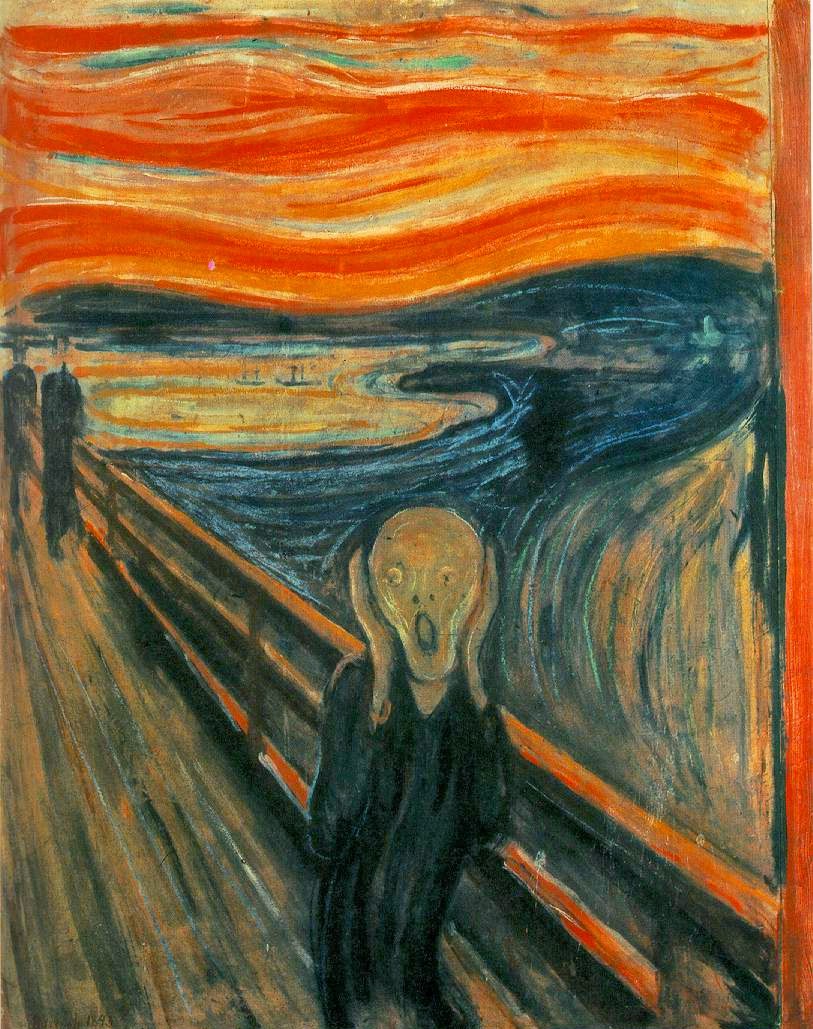The 1893 Columbian Exhibition, Chicago
Daniel Burnham, The Reliance Building, Chicago
Louis Sullivan, The Wainwright Building, Saint Louis
William Morris, The Green Dining Room, Arts and Craft Movement
Charles Rennie Mackintosh, Glasgow School of Art, Library
Henry Van de Velde, poster, Art Nouveau
Antonio Gaudi, Casa Mila Apartments, Barcelona, Art Nouveau
Josef Hoffmann, Stoclet House, Brussels, Belgium, Vienna Secession
Otto Wagner, lobby of the Postal Savings Bank, Vienna
Adolph Loos, The Steiner House, Vienna
Frank Lloyd Wright, Robie House, Chicago
Frank Lloyd Wright, Robie House, dining room, old photograph, Chicago
BEGINNINGS OF MODERN ARCHITECTURE
Chicago
--1893 Columbian Exhibition
--balloon frame
--steel frame
--Daniel Burnham
--Louis Sullivan
Arts and Craft Movement
--William Morris
--Charles Rennie Mackintosh
Art Nouveau
--Henry Van de Velde
--Antonio Gaudi
Vienna Design
--Vienna Secession
--Josef Hoffmann
--Otto Wagner
--Adolph Loos
Frank Lloyd Wright
--Prairie Style House
Read Chapters 4 and 8 in the textbook.
Loie Fuller Dances The Serpentine
Filmed by the inventor of motion pictures, Louis Lumiere in 1896. Loie Fuller was an American dancer who choreographed her programs with the Art Nouveau taste for whirling and whiplash lines and forms. She sometimes wore elaborate costumes and used multicolored lights, dazzling the Paris audiences who crowded into her shows. The color in this film was added by hand later.
Loie Fuller was a huge hit in Paris and the public idolized her. Below is an Art Nouveau lamp known as a "Loie Fuller lamp," one of the first designed for electric light bulbs. It shows her dancing something like The Serpentine. Bulbs were screwed into sockets hidden in the folds















































